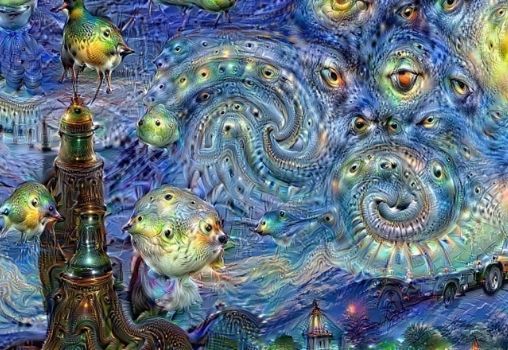The spread of new forms of technology and the creative use of artificial intelligence present many other challenges. For example, using and manipulating algorithms to create new works raises many ethical questions about authorship.
Where does technology end and creativity begin?
Writing problems have been prominent in the music industry since the 1980s. As music shows became popular and widespread, especially with the rise of hip-hop, there was a heated debate over ownership and copyright infringement. A new evolution of this problem emerged in 2000 with the widespread popularity of YouTube and remixed videos. Now we see the further development of the author’s debate with the advent of creative AI.
The problem is that someone can write code that creates an algorithm. This algorithm can then be used by another to create material in a work of art. Who is the author here? Also, with an algorithm that does the work to create the material, can anyone get the author? Should the machine be considered a real author?
Image Of Google Deep Dream
These are some of the complex issues that creative AI artists explore in their work. The idea that the machine is a creator or at least an employee is a new turning point in the writer’s debate. Creative AI is also used to think about what it means to be human.
What qualities separate works from the artificial intelligence system when creating works of art?
Luba Elliott was at the forefront of the industry and was probably the first person to coin the term “creative AI.”
How Artificial Intelligence (AI) Can Be Applied To The Creative Industries
Luba, originally inspired by Google’s Deep Dream images, her interest in artificial intelligence was driven by the creative possibilities that this technology offers. His work such as ‘Play The Turing Test‘ asks participants and listeners questions about what it means to be human and what it means to be AI. His work also made us explore what we think AI should have.
Like many new tools, the spectrum of deep-learning communities is so wide, each trying to create, manage and conquer a new application. Research scientists, computer creativity academics, advertising creators and artists from new media, fine and contemporary art are beginning to engage in deep learning tools to create images, lyrics and music in many specialised fields.
As AI research progressed, it was possible to use StyleGAN to create more realistic human photographs, create poems using GPT-3 and create music using the Jukebox. Meanwhile, tools like Runway and Wekinator make it much easier for artists to incorporate machine learning into their work without mastering Python.
The question that bothers many AI art fans right now is, what’s next? Now that the quality of the created images is more photorealistic, the appeal of the glitch effect disappears as a creative goal. The first GAN models, reported as significant advances in imaging, produced better images than alternative methods but showed difficulty in accurately positioning parts of the face and arms.
The perceived problems of the AI community based on the benchmark have become part of the artists who claim that the opposite eyes and legs flow to unfavourable angles as examples of algorithms.
Be Creative
Given the rapidly evolving models that no longer offer these features, we recognise that some greater importance is needed to attract the attention of art audiences who are more literate in AI, especially when most low-hanging fruits have been selected.
It is no longer enough to train the machine learning model in a found dataset online, even if it is a narrowly specialised model – it bothers the minds of curators and journalists due to many experiments in 2016-2017.
It is no longer enough for artists to attach their works of art as data and comment on unique algorithmic knowledge about their practice. It is no longer enough to give AI the perfect author, print your eyes and click on any AI-related work that is initiated, managed and compiled by one.
As the field matures, new actors and new ideas emerge. Good artists are involved in non-generative systems, digital artists apply to instruct machine tools to unexplored media, and computer scientists work for technical efficiency and artistic innovation.
The gold rush of the art of AI is waning and that’s fine: the art of AI, deprived of its permanent function as a PR trick for advertising clients and technology companies, can now try to be considered its own, which competes with the whole spectrum of contemporary art.
Source: youthkiawaaz.com









